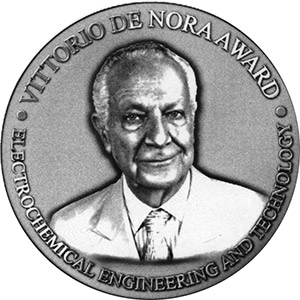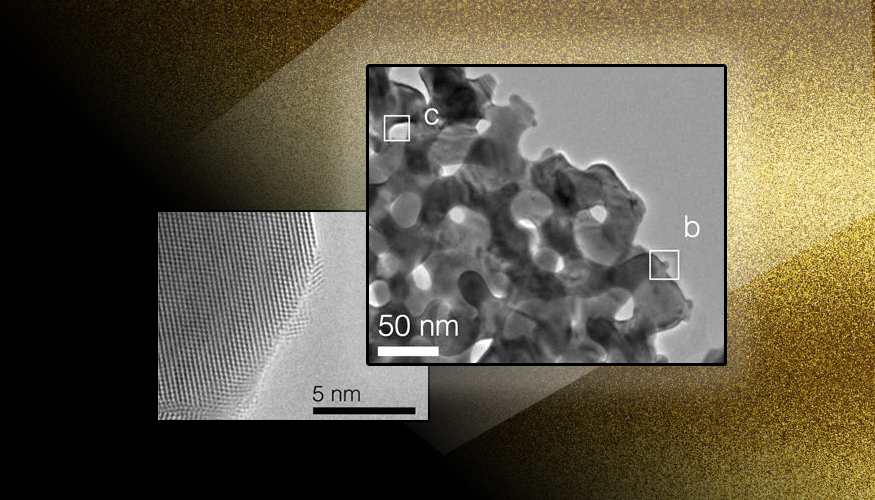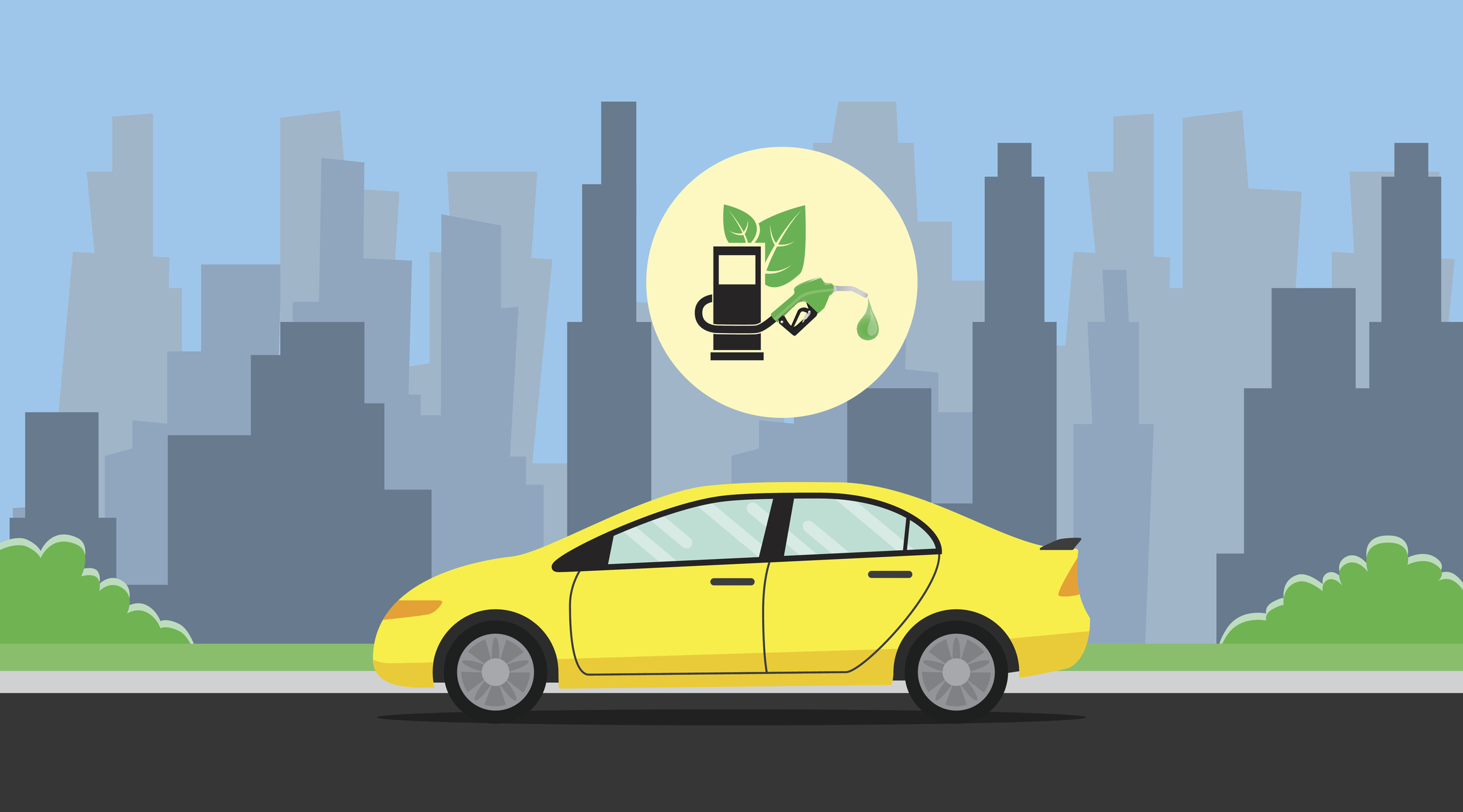Application Deadline: April 15
 The Vittorio de Nora Award was established in 1971 to recognize distinguished contributions to the field of electrochemical engineering and technology.
The Vittorio de Nora Award was established in 1971 to recognize distinguished contributions to the field of electrochemical engineering and technology.
The award consists of a gold medal and a plaque that contains a bronze replica thereof, both bearing the recipient’s name, the sum of $7,500, complimentary meeting registration for award recipient and companion, a dinner held in recipient’s honor during the designated meeting, and Life Membership in the Society. The recipient shall receive the award at the spring 2018 biannual meeting in Seattle, WA, USA and deliver a general address on a subject related to the contributions for which the award is being presented.
The Electrochemical Society distinguishes outstanding technical achievements in electrochemical, solid-state science and technology, and recognizes exceptional service to the Society through the Honors & Awards Program. Recognition opportunities exist in the following categories: Society Awards, Division Awards, Student Awards, and Section Awards. We could not do it without you!


 Just one day after Volkswagen agreed to pay
Just one day after Volkswagen agreed to pay  A new study out of Lawrence Livermore National Laboratory shows that catalysts derived from nano-structured materials are as good as gold.
A new study out of Lawrence Livermore National Laboratory shows that catalysts derived from nano-structured materials are as good as gold.

 A new study led by ECS member Haluk Beyenal reveals a novel type of cooperative photosynthesis with potential applications in waste treatment and bioenergy production.
A new study led by ECS member Haluk Beyenal reveals a novel type of cooperative photosynthesis with potential applications in waste treatment and bioenergy production. Biofuels have become a promising potential alternative for traditional fossil fuels. However, producing biofules only make sense if the greenhouse gasses emitted are less than other means of producing energy.
Biofuels have become a promising potential alternative for traditional fossil fuels. However, producing biofules only make sense if the greenhouse gasses emitted are less than other means of producing energy. Static electricity is a ubiquitous part of everyday life. It’s all around us, sometimes funny and obvious, as when it makes your hair stand on end, sometimes hidden and useful, as when harnessed by the electronics in your cellphone. The dry winter months are high season for an annoying downside of static electricity – electric discharges like tiny lightning zaps whenever you touch door knobs or warm blankets fresh from the clothes dryer.
Static electricity is a ubiquitous part of everyday life. It’s all around us, sometimes funny and obvious, as when it makes your hair stand on end, sometimes hidden and useful, as when harnessed by the electronics in your cellphone. The dry winter months are high season for an annoying downside of static electricity – electric discharges like tiny lightning zaps whenever you touch door knobs or warm blankets fresh from the clothes dryer.
